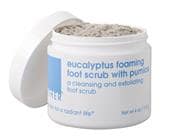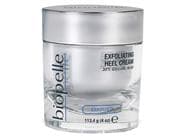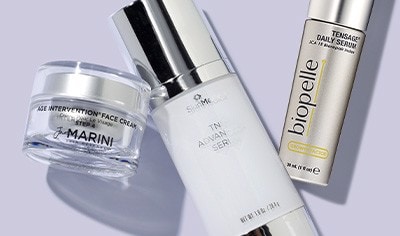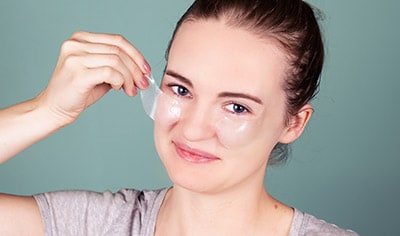
Nothing ruins a great sandal moment than rough feet and stubborn calluses. Not only can calluses be unsightly, but some are painful and if left untreated, could lead to infection or foot problems. Fortunately with a few simple steps and a little extra TLC, you can soften calluses at home and prevent new ones from popping up.
What are calluses?
Calluses are nothing more than skin that becomes hard or thickened in response to consistent rubbing or pressure. They are most common on the heels simply because the feet support the weight of our body. However, calluses are also common on fingers and the palms of hands and can form on the sides of the big toe – which are called corns. Calluses can form from wearing the wrong-size shoes, high heels or no shoes at all. Additionally, those that are active on their feet (runners, this means you!) tend to develop calluses more often than those that are not.
Cracked heels, known as keratoderma in the dermatological world, are an issue related to calluses and are typically caused by genetics, poorly fitting shoes, poor hygiene, dry and aging skin or standing on your feet without shoes for long periods of time. When the skin on your heels develops a callus and becomes too dry, the callus starts to crack open, compromising the moisture barrier.
We checked in with board-certified dermatologist and LovelySkin.com founder and CEO Dr. Joel Schlessinger to find out when to get a doctor’s opinion on your calluses:
“Well-formulated skin care and proper foot hygiene won’t remove a callus entirely, but it can soften them and make calluses more manageable. To remove a callus entirely, schedule an appointment with a podiatrist for expert help. If you develop a callus that is particularly painful, red, warm to the touch or has any sort of discharge, schedule an appointment with a board-certified dermatologist, as it might be infected and will need medical treatment.”
How to Soften Feet With Calluses in Three Steps
Calluses are a nuisance, but the good news is that your feet can feel smoother with a little time, attention and a few well-formulated skin care products.
Step 1 – Soften calluses with a warm foot soak.
Use your calluses as a reason to sit back, relax and soak your feet in a nice warm bath. Soaking your feet for at least 10-15 minutes will make the thickened skin easier softer when you’re ready to scrub calluses, as well as help lotions and treatments absorb into the callus more effectively. After soaking for the allotted time, use a foot scrub product like LATHER Eucalyptus Foaming Foot Scrub with Pumice and scrub feet to remove dead skin cells. This scrub is formulated with pumice, a derivative of volcanic stone, which works as a very effective physical exfoliator. Additionally, eucalyptus, lavender and lemon essential oils promote healthy circulation in the feet, which is an important step in preventing calluses.
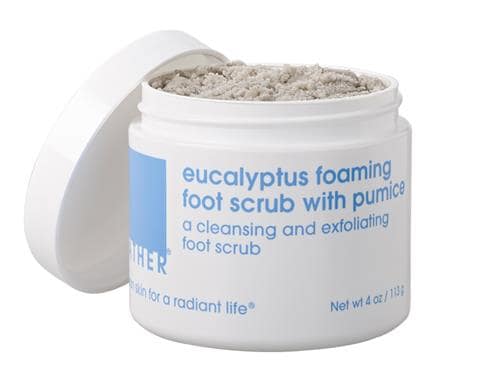
Step 2 – Combine physical and chemical exfoliation to improve rough skin.
Thick, stubborn calluses often need a little more intervention. After you’ve soaked the callus, use an exfoliating tool like LATHER Pumice Stone and gently scrub the calluses, removing as much of the dead skin as possible. This one is made of volcanic stone from the Cascade Mountains in California, and is ergonomically designed to be easier to hold. It’s tough enough to improve calluses on your heels, yet gentle enough for rough skin on the hands as well.
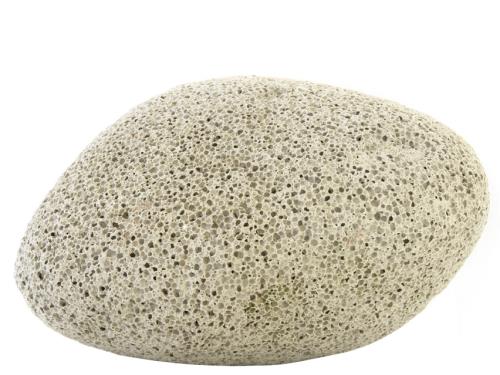
Follow up your physical exfoliation treatment with a chemical exfoliation treatment like Biopelle Exfoliate Exfoliating Heel Cream. This one uses a powerful blend of 30% glycolic acid and taurine to soften hardened skin and calluses. Just apply it to heels or calluses and wait 15-30 minutes to let the exfoliating acids do their job. Be sure to wash your hands and avoid touching your face after you apply this powerful cream – it’s much too strong for the face and other areas of the body.
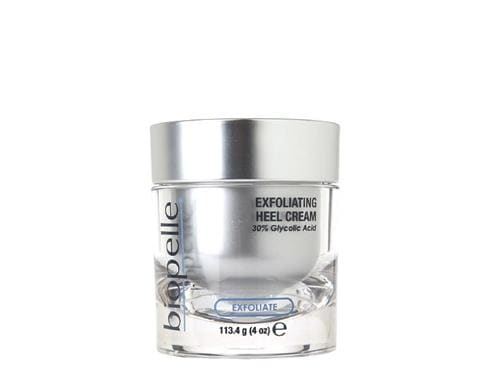
Tip: Its important to avoid shaving or cutting off calluses on your own. There is a fine line between where the callus ends and the softer skin underneath begins and it’s easy to cut too deep and injure your feet, exposing skin to possible irritation, bleeding and infection. Schedule an appointment with a podiatrist for expert advice.
Step 3 – Moisturize your feet every day.
Set an alarm to remind yourself if you must, but it’s so important to moisture your feet daily if you deal with calluses. Right before you go to bed apply a foot cream all over your feet. For ultimate moisture and absorption, wear socks over the cream. Socks increase the temperature of your feet, warming the skin and increasing the absorption rate of the treatment cream. Try Cinq Mondes Tender Foot Cream, which features an ancient recipe formulated by Chinese rice farmers to protect their feet. Arnica addresses any pain in your feet while shea and aloe extracts penetrate deeply into skin, moisturizing dry feet.
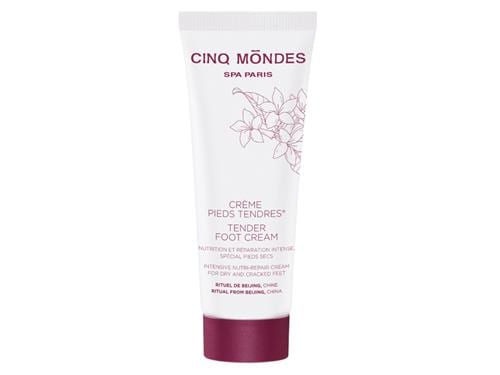
If you love masking – don’t worry – we have one for your feet, too! The patchology Best Foot Forward Softening Heel & Mask Duo features restorative and softening ingredients like shea butter and coconut oil to infuse skin with rich fatty acids while Japanese Cypress provides antibacterial benefits and soothes irritation. This mask works in just ten minutes and leaves your feet softer and smoother.
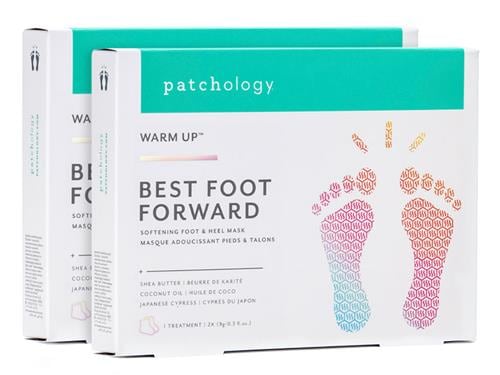
Want to know more? Check out this in-depth blog, detailing Natasha’s experience with foot exfoliation.
Shop this blog

About the Author
Jill is a content writer for LovelySkin. She loves reading up on the latest beauty trends, going to concerts with her husband and baking with her three kids.
Other Posts by JillLa Roche-Posay's Lineup Goes Beyond Suns...
Skin-Saving Devices and Their Skin Care ...
Follow us on social
Follow us on social networks and be one of the first to learn about sales, giveaways, and free samples

